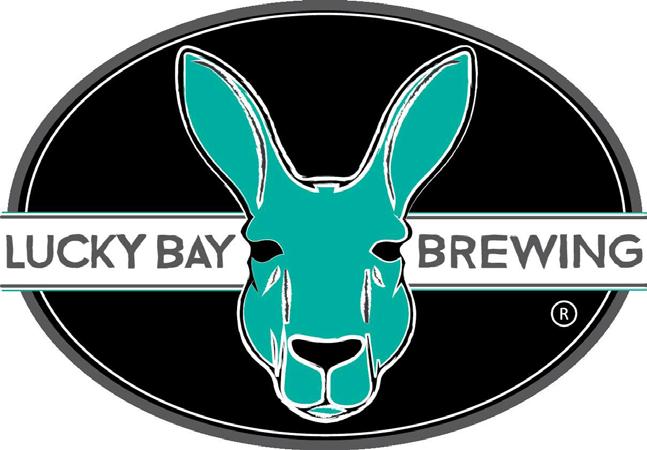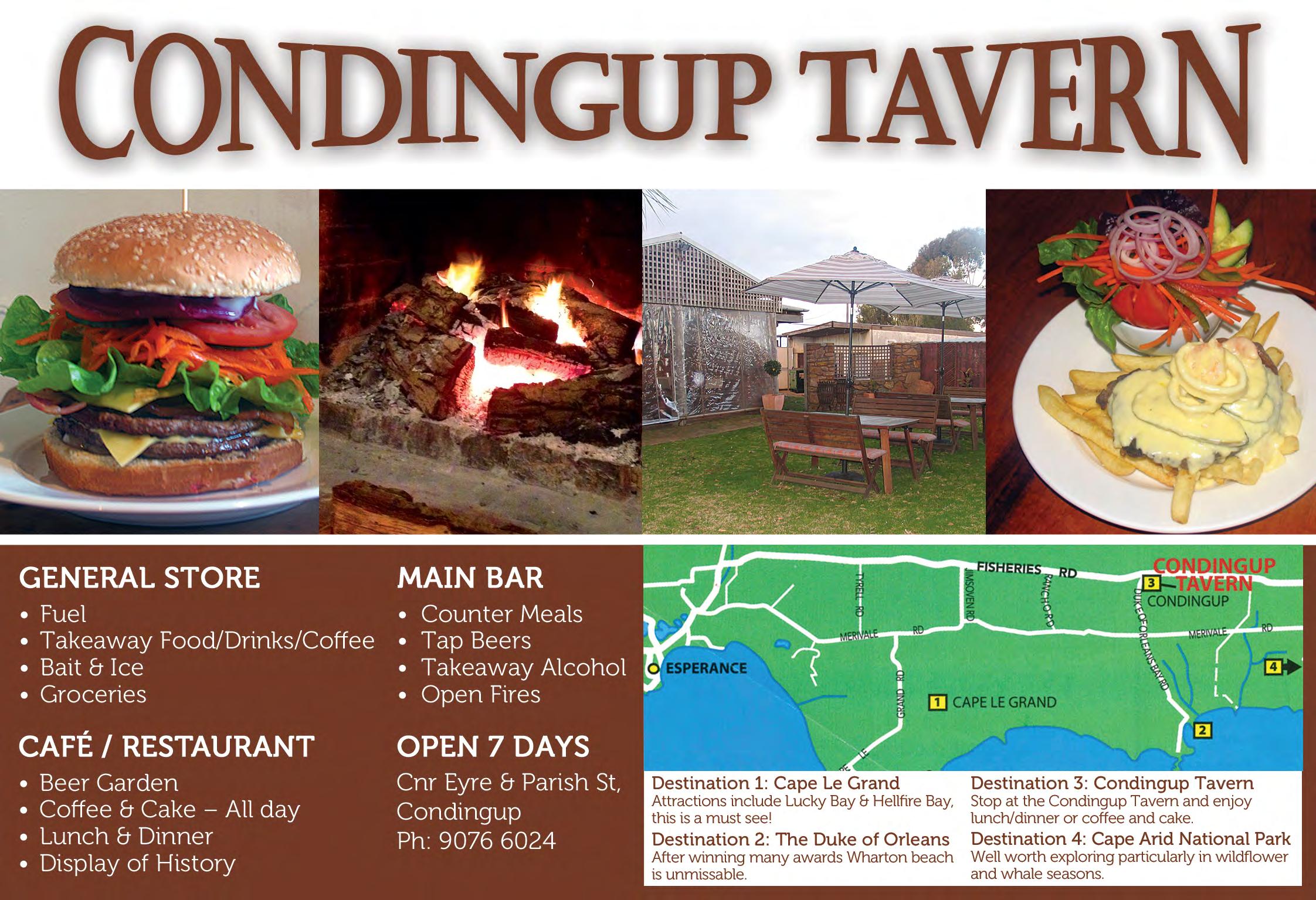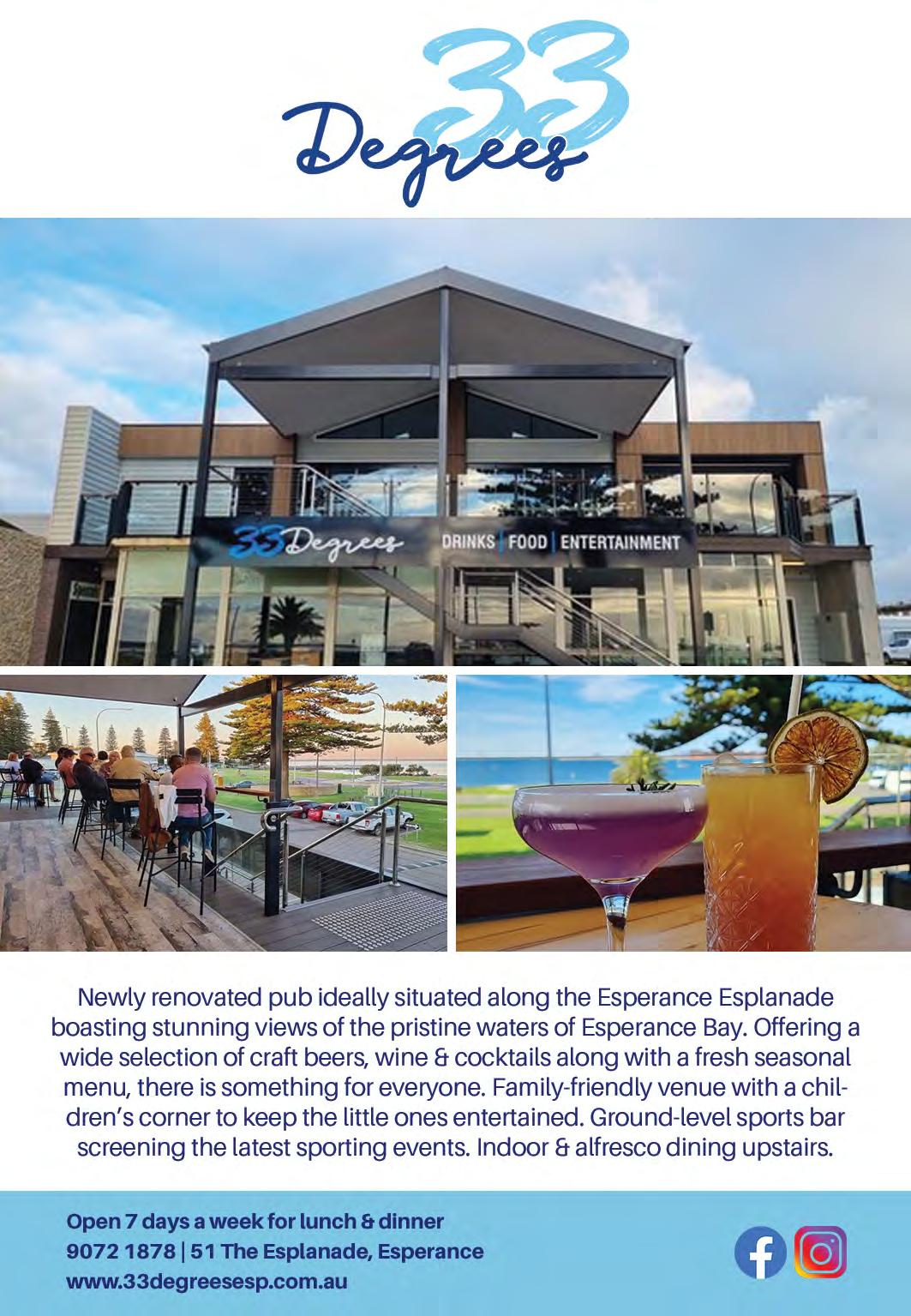
1 minute read
The History of Esperance
During a gale in 1792, two French frigates on a mapping voyage of the Australian coast, took shelter off Observatory Point. The first ship to enter the bay was L’Esperance and so the bay was named. The archipelago was named after the second ship, Recherche.
Another early visitor to the area was Matthew Flinders, who anchored at Lucky Bay in 1802 during his voyage to chart the southern coast.
He named several landmarks including Thistle Cove. In 1841, Edward John Eyre met Captain Rossiter on his epic journey from Adelaide, aboard the French Whaler ‘Mississippi’ in a bay which later became known as Rossiter Bay. Middle Island, visited by Flinders in 1802, was later established as a base for sealers operating in the area.
The year 1863 saw the arrival of the first settlers, the Dempster brothers, who travelled overland from Northam with their families. The Dempster brothers drove sheep, cattle and horses from Northam to Esperance to take up the first land holding. Andrew Dempster was granted a lease of 100,000 acres in 1866.
With discovery of gold in Dundas, Coolgardie and Kalgoorlie, Esperance began an incredible transformation in 1895. Fortune seekers from Australia and around the world began to flood into this sleepy little port on their way to the Goldfields.

By 1897, there were two newspapers, one brewery and four hotels. There were many rows of tents and the less fortunate slept on seaweed on the beach.

Development hopes next centred on farming the mallee country. Could this be made into a prosperous wheatbelt? Land was opened for selection in 1912 and nearly 60 farms were started. Progress was slow and hindered by severe drought in 1914/15. The next year, Professor John Patterson reported “... one half of the area contains too much salt for profitable farming”. The town, however, attracted enormous publicity in the early 1960s when American investors established large landholdings in the area. The success of their farming methods caused an influx of new farmers from all parts of Australia. This helped make Esperance the prosperous town it is today.









